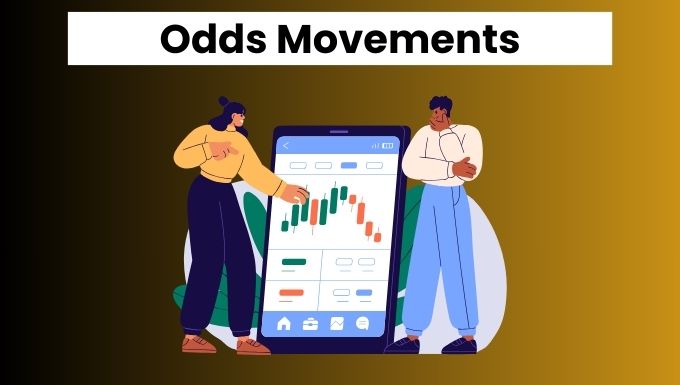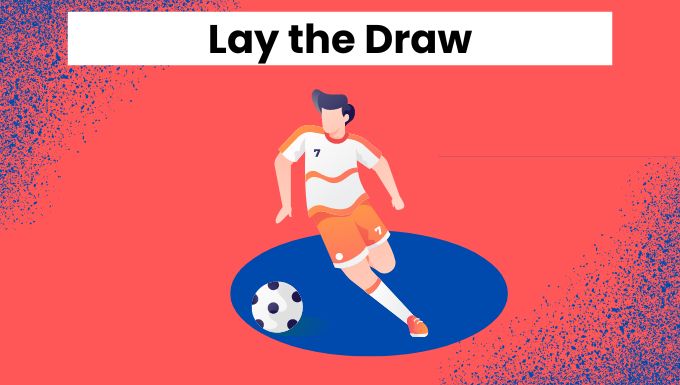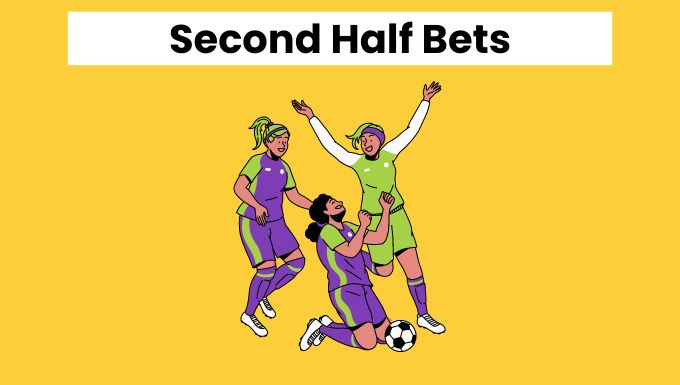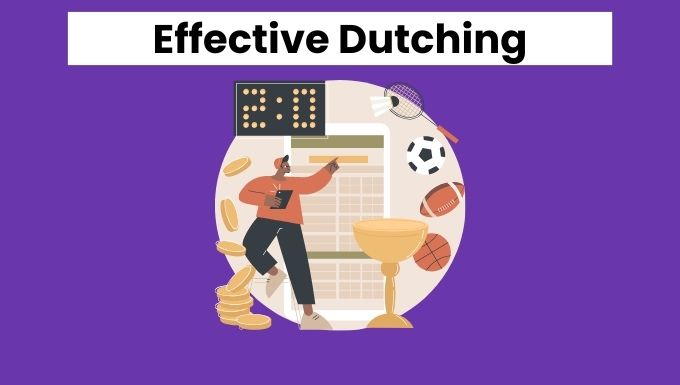When I first started betting, I quickly realized that understanding odds movement is a game-changer. At first, I thought odds were just numbers set in stone, but soon I discovered they’re actually fluid, shifting based on various factors like team news, betting volume, and market sentiment. Learning to read and take advantage of these movements transformed my approach from guesswork to strategy.

Odds movement is essentially the market’s way of reacting to new information and changing perceptions. If you can spot when odds are about to shift or better yet, get in before they do, you can maximize your potential returns and minimize risk. It’s like catching a wave at just the right moment rather than paddling out too late.
For me, the key is patience and timing. Instead of rushing to place bets, start monitoring how odds change throughout the day or week leading up to an event. Sometimes, waiting just a few hours or even minutes made a huge difference in value.
Understanding Why Odds Move And How To Beat Them
When I first started betting, I thought odds were set in stone until I watched a line shift dramatically an hour before kickoff. That’s when I realized: odds move for a reason, and figuring out why is the key to betting smarter.
Bookmakers adjust odds based on two main factors: new information (injuries, weather, lineup changes) and betting action (sharp money vs. public money). If a star quarterback is ruled out, the line will jump instantly. But sometimes, the move is subtler, like when respected bettors hammer one side, forcing books to balance their risk. The trick is distinguishing between meaningful movement and noise.
Early in my betting journey, I blindly followed line moves, assuming “the sharps knew something.” Sometimes that worked, but other times, I got burned. Why? Because not all movement is smart money; sometimes it’s just public overreaction. Now, I dig deeper: Was there actual news? Is the market overcorrecting? If the line moves too far in one direction, there’s often value on the other side.
Tools like odds comparison sites and betting alerts help track these shifts in real time. But the real edge comes from patience; waiting for the right moment to strike, whether it’s fading an overadjusted line or getting ahead of a sharp move before the bookmakers react.
Spotting valuable Movements (In changing Odds)
When I first started betting , I quickly realized that success wasn’t just about picking winners; it was about spotting value in the odds. Market value trades (Mvts) are those moments when the odds offered don’t quite reflect the true probability of an outcome. Catching these moments can be a game-changer.
Here’s what I’ve learned about spotting valuable Mvts when odds shift:
- Watch for Overreactions: Sometimes, the market reacts emotionally to news – like a key player injury or a surprising event. This can push odds out of line with reality. I always pause and ask, “Is this reaction justified or an overreaction?”
- Track Line Movements: keep a close eye on how odds move over time. If the odds for a team or player drift significantly without any major news, it might signal value. Conversely, sudden shortening of odds can indicate sharp money or insider info.
- Understand Context: Odds don’t exist in a vacuum. Always consider factors like weather, team form, motivation, and even referee appointments. When these don’t align with the odds movement, that’s where value hides.
- Use Multiple Sources: Comparing odds across different bookmakers helps to spot discrepancies. If one book offers much better odds than the market consensus, that’s a potential Mvt.
- Stay Patient and Disciplined: Not every odds change means value. Over time, I’ve learned to wait for clear, justifiable shifts rather than chasing every movement.
Using Odds Movement To confirm your Plays(Spot Mistakes)
When I first started betting, I used to rely solely on my gut feeling or stats I’d read. But over time, I realized that watching odds movement is a game-changer. It’s like having an extra pair of eyes on the market, helping me confirm if my play makes sense or if I’m missing something.
Odds don’t just move randomly, they reflect where the money is going and how sharp bettors are reacting. For example, if I’ve done my homework and think a team is undervalued, but the odds start drifting the other way, it’s a red flag. Maybe there’s insider info I haven’t seen, or the public is catching on to something I overlooked. That’s when I pause and reevaluate.
On the flip side, if the odds move in my favor after I place a bet, it’s a nice confidence boost. It means others are agreeing with my analysis, and the market is adjusting accordingly. Sometimes, I even spot mistakes by the bookmakers when the odds shift dramatically without obvious news-those moments can be golden opportunities.
In short, tracking odds movement has become an essential part of my betting routine. It’s not just about picking winners but understanding the market’s pulse. It helps me avoid costly mistakes and reinforces my best plays. If you’re serious about betting, don’t ignore odds movement-it’s like a secret weapon that can elevate your game.
Timing Your Bets For Maximum Value
I used to think betting early was always the smart move; until I missed out on better odds by jumping the gun. Now, I’ve learned that timing is everything. Getting the best number isn’t just luck; it’s strategy. Here’s how I do it:
When to Bet Early
- Sharp Moves: If I spot a line moving against public betting early, I know sharps are on it. That’s my cue to act fast before the value disappears.
- Injury News: When a key player is ruled out, the market overreacts quickly. If I can bet before the line fully adjusts, I steal value.
- Soft Opening Lines: Some books post early lines with mistakes. If I catch them before they correct, it’s free profit.
When to Wait
- Public Overreactions: If the crowd is hammering a side, I let the line steam first. Often, it gets inflated, and I get a better price on the other side.
- Late Injury Rumors: If there’s buzz about a player being questionable, I wait for confirmation. False reports can create fake line movements.
- Live Betting Opportunities: Sometimes, the best value comes during the game—like when a team starts slow but the live odds overcorrect.
Patience beats impulse. I track line movements, set alerts, and strike when the odds are in my favor—not just when I’m itching to bet.
Use Of Tools And Resources To Track Odds Movement
When it comes to beating the bookies, tracking odds movement is my secret weapon. Over time, I’ve learned that sharp money moves lines, and catching those shifts early can mean the difference between a good bet and a great one. Here’s how I do it.
First, I rely on odds comparison sites like OddsPortal and BetExplorer. These platforms show real-time odds across multiple bookmakers, helping me spot discrepancies before they correct. If I see a line moving consistently in one direction, I dig deeper—why is it happening? Is it injury news, lineup changes, or just market overreaction?
Next, I use odds tracking tools like BetBurger or RebelBetting (for value betting). These alert me to sudden drops or steam moves, signaling professional action. If a line moves sharply at a sharp book (like Pinnacle), I take notice—it’s often a sign of smart money.
I also follow Twitter accounts and betting forums where pros discuss line movements. Sometimes, the insight there confirms my read or saves me from a trap.
Finally, I keep my own spreadsheet to log odds history. Over time, patterns emerge—certain books are slow to adjust, others overreact to public money.
Tracking odds movement has completely changed my betting approach; it’s no longer just about picking winners, but timing them. By watching how lines shift, I’ve learned to spot when sharp money is flooding in or when public overreaction creates value. Tools like odds comparators, alerts, and betting forums help me act fast, but the real key is discipline. Not every move means something, so I’ve learned to filter out noise and focus on meaningful trends.
The best opportunities come when odds move against public sentiment; that’s when the real value hides. Maybe a star player is rumored to be out, but the line over-adjusts. Or maybe a hidden injury leaks, and only a few books react. Those moments are golden.
Staying patient, tracking data, and jumping on the right move turns odds movement into a consistent edge. It’s not about winning every bet; it’s about finding mispriced lines before they’re gone.


